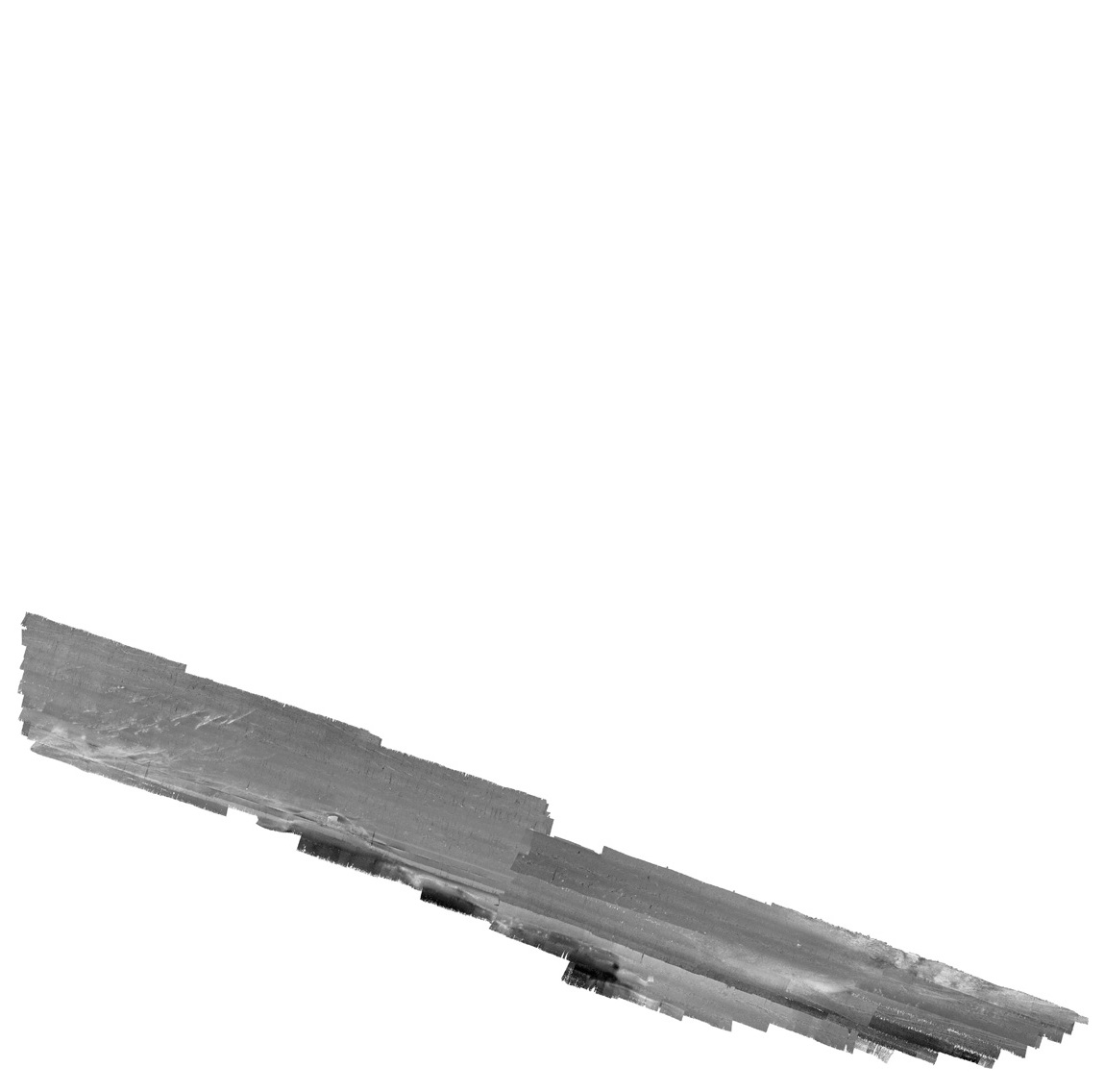| Description |
This part of DS 781 presents data for the acoustic-backscatter map of the Offshore of Coal Oil Point map area, California. The raster data file is included in "BackscatterC_Fugro_OffshoreCoalOilPoint.zip," which is accessible from https://pubs.usgs.gov/ds/781/OffshoreCoalOilPoint/data_catalog_OffshoreCoalOilPoint.html. These data accompany the pamphlet and map sheets of Johnson, S.Y., Dartnell, P., Cochrane, G.R., Golden, N.E., Phillips, E.L., Ritchie, A.C., Kvitek, R.G., Dieter, B.E., Conrad, J.E., Lorenson, T.D., Krigsman, L.M., Greene, H.G., Endris, C.A., Seitz, G.G., Finlayson, D.P., Sliter, R.W., Wong, F.L., Erdey, M.D., Gutierrez, C.I., Leifer, I., Yoklavich, M.M., Draut, A.E., Hart, P.E., Hostettler, F.D., Peters, K.E., Kvenvolden, K.A., Rosenbauer, R.J., and Fong, G. (S.Y. Johnson and S.A. Cochran, eds.), 2014, California State Waters Map Series—Offshore of Coal Oil Point, California: U.S. Geological Survey Scientific Investigations Map 3302, pamphlet 57 p., 12 sheets, scale 1:24,000, https://doi.org/10.3133/sim3302. The acoustic-backscatter map of the Offshore of Coal Oil Point map area, California, was generated from backscatter data collected by California State University, Monterey Bay, Seafloor Mapping Lab (CSUMB), by the U.S. Geological Survey (USGS), and by Fugro Pelagos. This metadata describes the acoustic-backscatter data collected by Fugro Pelagos and reprocessed by CSUMB. See "BackscatterA_CSUMB_OffshoreCoalOilPoint_metadata.txt" metadata for a description of the acoustic-backscatter data collected by CSUMB, and see "BackscatterB_USGS_OffshoreCoalOilPoint_metadata.txt" metadata for a description of the acoustic-backscatter data collected by the USGS. Fugro Pelagos collected backscatter data offshore the Coal Oil Point region in 2008 using a combination of several sonars (400-kHz Reson 7125, 240-kHz Reson 8101, 100-kHz Reson 8111) aboard a series of Fugro Pelagos-directed vessels. An Applanix POS MV (Position and Orientation System for Marine Vessels) was used to accurately position the vessels during data collection, and it also accounted for vessel motion such as heave, pitch, and roll (position accuracy, +/-2 m; pitch, roll, and heading accuracy, +/-0.02 degrees; heave accuracy, +/-5 percent, or 5 cm). KGPS (GPS with real-time kinematic corrections) altitude data were used to account for tide-cycle fluctuations, and sound-velocity profiles were collected with an Applied Microsystems SVPlus sound velocimeter. Data were cleaned, and final products were created by the Seafloor Mapping Lab at CSUMB from the postprocessed multibeam-bathymetry data. Within the acoustic-backscatter imagery, brighter tones indicate higher backscatter intensity, and darker tones indicate lower backscatter intensity. The intensity represents a complex interaction between the acoustic pulse and the seafloor, as well as characteristics within the shallow subsurface, providing a general indication of seafloor texture and sediment type. Backscatter intensity depends on the acoustic source level; the frequency used to image the seafloor; the grazing angle; the composition and character of the seafloor, including grain size, water content, bulk density, and seafloor roughness; and some biological cover. Harder and rougher bottom types such as rocky outcrops or coarse sediment typically return stronger intensities (high backscatter, lighter tones), whereas softer bottom types such as fine sediment return weaker intensities (low backscatter, darker tones). [More]
|
